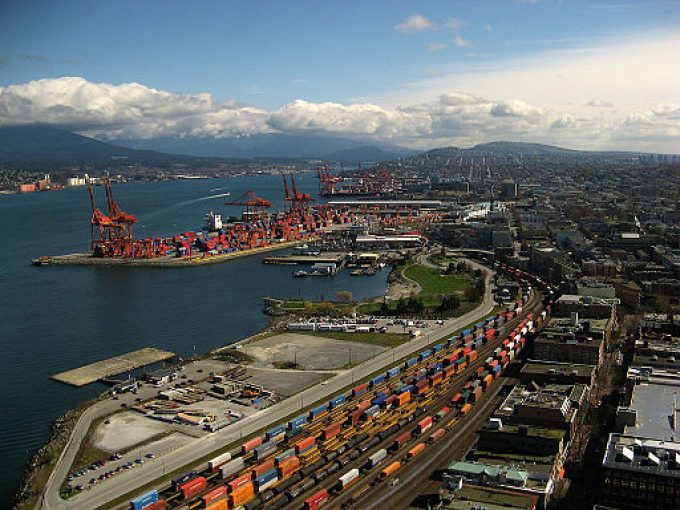Cargo chief quits WestJet as freighter operations cease
WestJet Cargo is losing both its freighters and its head of cargo, after its freight ...

The port of Vancouver is building a new facility for container inspections near its Deltaport terminal complex. Importers and forwarders hope the inspection station, which is scheduled to come on stream next year, will cut down on inspection times. But they remain resigned to ongoing ...

Comment on this article